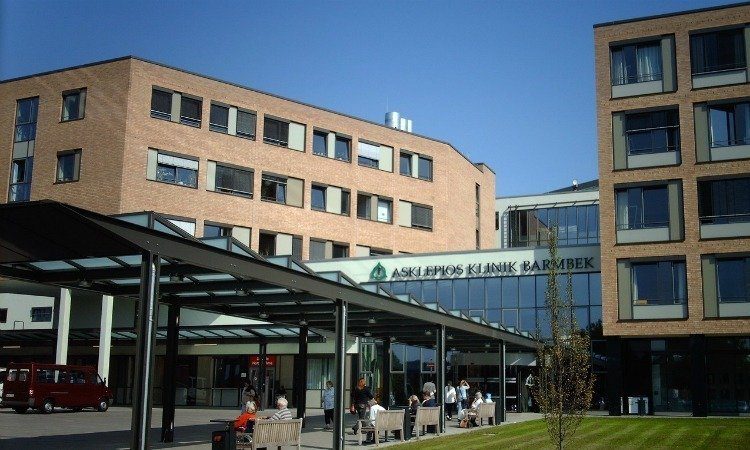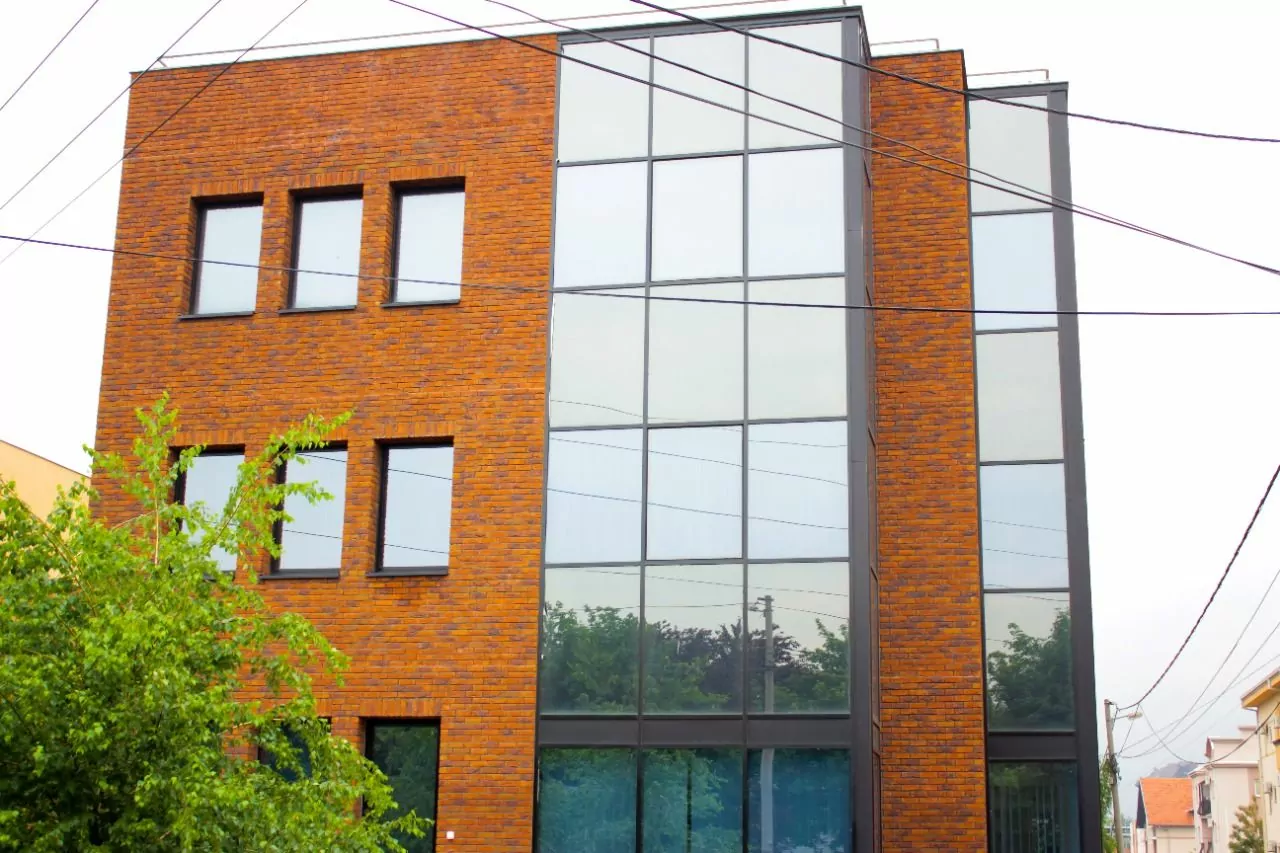Arthritis: What Causes and How to Treat
Arthritis is inflammation that affects joints. Often, disease is accompanied by certain pathologies, but it can also be isolated.
There are several types of arthritis: inflammatory, degenerative, traumatic.
- Inflammatory form arthritis includes infectious, reactive, rheumatoid; gout is lesion of the articular membrane inner part.
- Degenerative arthritis forms include osteoarthritis – damage to the surface of joint cartilage. This type provokes fragility of bones, which leads to their debility.
- Traumatic arthritis – joints inflammation, which are often formed due to joint injuries or other damage. Ligament ruptures, sprains and bruises can cause hemorrhage into the joint, which leads to aseptic inflammation.
What causes arthritis?
- Infectious – foreign bacteria or viral infections enter the body. In the presence of failures in immune defense processes, joints become the main area of damage.
- Traumatic – due to third-party exposure, inflammation develops in the affected joint.
- Professional-permanent – strong load on joints area, which wears them out very quickly.
- Over-weighting.
- Nervous system pathologies.
- Specific diseases of infectious type – tuberculosis, gonorrhea, gout.
- Hormonal factors in menopause.
- Hereditary predisposition.
- Vitamins lack; poor quality food;
- Bites of certain species of poisonous insects.
- Hypothermia.
- Psoriasis.
Arthritis symptoms
If you experience the following symptoms, you should immediately consult a specialist.
- Joints ache.
- Swelling and hyperemia.
- Stiffness in movements – this signal is most noticeable in the morning, after sleep.
Specialists, examining the patient, diagnoses swelling and redness presence on joints. They also check if the patient can move normally.
Arthritis diagnosis and treatment
Body fluids testing in laboratory can identify the disease and determine its type. For getting a joint fluid sample, physicians disinfect and anesthetize the affected area, and then draw it out of the joint space with a needle. Among other related techniques, the main ones are following.
- X-rays reveal cartilage “abrasion” degree, bones rupture and spurs presence.
- CT. Special scanners create a picture of joints internal structures in cross section.
- MRI. Such a scan shows a cartilage cross section and tendons.
- Ultrasound – tissues visualization, cartilage and articular bags.
- Blood tests.
Therapies used for arthritis treatment.
- Non-steroidal anti-inflammatory medicines – reduce pain and stop inflammatory processes. These are medicines containing ibuprofen and naproxen; besides, NSAIDs in creams or gels that are rubbed into joint areas.
- Anti-irritants – often drugs with menthol or capsaicin.
- Steroid drugs – for stopping inflammatory processes, reducing pain and slowing down joint damage. Corticosteroids come in tablets or injections form.
- Physical therapy – exercises improve movement and strengthens the muscle tissue around joints. Splints or braces may be required for special exercises.
- Chondroprotective drugs.
If conventional therapies don’t show positive effect, doctor may perform surgery:
- joints can be smoothed and realigned for improving its functions. Such operation is made through cuttings above joint area;
- endoprosthetics eliminates a damaged joint to replace it with implant;
- fusion – for small joints. Ends of two bones are removed, further connected till they grow together and become whole.










